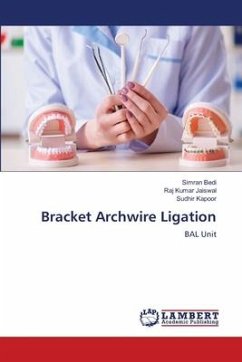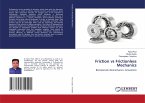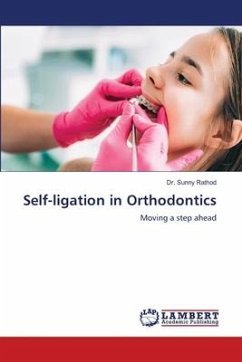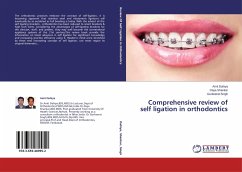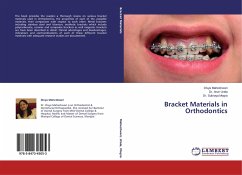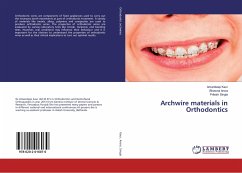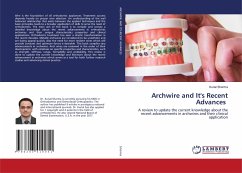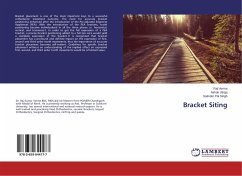During sliding mechanics, a frictional force is produced at the bracket, archwire and ligation (BAL) unit that tends to contrast the desired tooth movement. Because the efficiency of fixed appliance therapy depends on the fraction of force delivered with respect to the force applied, high frictional forces due to the interaction between the bracket and the guiding archwire affect treatment outcomes and duration. By controlling frictional resistance at the BAL interfaces, lower levels of force can be applied during orthodontic treatment to obtain an optimal biological response for effective tooth movement.I AMFriction in orthodontic treatment does exist and is thought to reduce the efficiency of orthodontic appliances during sliding mechanics. During sliding mechanics, a friction force is produced at the bracket-archwire-ligature interface which tends to counteract the applied force and in turn resists the desired movement. Therefore, when planning for orthodontic tooth movement, clinician should select the proper combination of bracket, archwire and ligation (BAL Unit) method to reduce the friction and increase the efficiency of the appliance.

